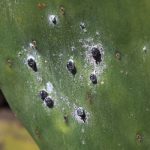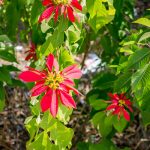San Antonio is home to three different species of jaybirds. If you’re observant and patient, maybe you’ll get to see one of these feathered jewels this winter.
When most people think of jaybirds, they conjure up funny memories of their children running around “naked as a jaybird.” Hee hee!
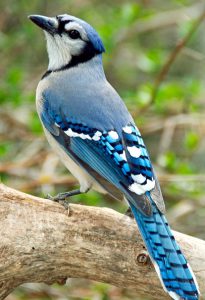
The blue jay (Cyanocitta cristata) is easily heard before it’s seen in most cases, but their bright blue feathers and white neck “sashes” leave no mistake of their identity. They feed on acorns, seeds and insects and are intelligent urban dwellers. Populations of blue jays and their cousins, the crows, have decreased in recent years due to the appearance of West Nile virus. While it’s found in more than 300 species of birds, these two species seem to be especially sensitive to it.
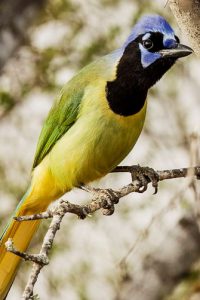
The green jay (Cyanocorax luxuosus) is a common sight in the brush country of deep South Texas. However, during winter these feathered jewels sometimes roam as far north as San Antonio and sometimes can be found in town — they’re easily detected by their raucous calls. They feed on insects, seeds and fruit, and are often drawn to deer or bird feeders.
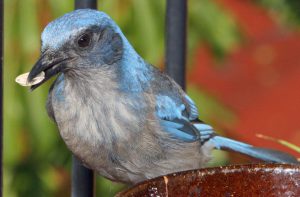
Mexico City, MEXICO: A Western Scrub-Jay, (Aphelocoma californica), one of the birds which lives in the mountains surrounding Mexico City, feeds with sunflower seeds in a garden 08 July 2007. AFP PHOTO/Omar Torres (Photo credit should read OMAR TORRES/AFP/Getty Images)
The western scrub jay, or Woodhouse’s scrub jay (Aphelocoma woodhouseii woodhouseii) is primarily a western bird species, but ranges into the Texas Hill Country. They don’t possess the crest of their blue or green cousins, but adapt to urban environments and mesquite brush just as easily as oaks or pines. Scrub jays are aggressive towards other birds and may even feed on their young! This species is known to pick ticks and other parasites from deer.
Jays readily come to feeders containing corn and other large seeds like acorns and peanuts. They are noisy neighbors, but are very active as they hop through tree branches and on the ground. If you’re observant and patient, maybe you’ll get to see one of these feathered jewels this winter.



